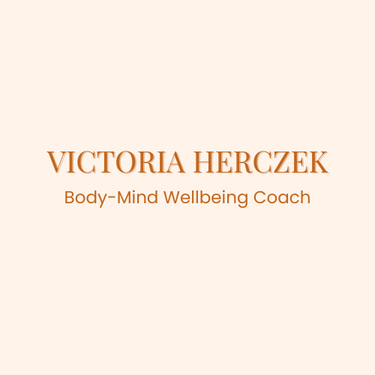The Power of Breath: A Gateway to Presence, Performance, and Wellbeing
Victoria Herczek
2/24/20252 min read


Breathing is often seen as an automatic process, yet its quality profoundly impacts our physical, emotional, and mental wellbeing. As Christine Caldwell notes in Bodyfulness, the Latin root of "breath" (spir), which appears in words like inspiration and expiration, relates to spirit. Many traditions believe that breath and spirit are one, emphasizing the vital role breath plays in our lives beyond mere physiology.
In yoga traditions, breath is considered the prana — the life force energy. Pranayama, the practice of mastering breath, translates to "mastery over life." This philosophy suggests that by controlling the breath, we influence our entire being. Yogic wisdom holds that a yogi's lifespan isn’t measured by years but by the number of breaths taken, which is why many practices focus on lengthening the breath cycle to promote longevity and calm.
This understanding aligns with the foundation of Movement Neuroshaping (MN), where the quality of movement directly influences the quality of life. Breathing, as a form of subtle movement, has a profound impact on mental clarity, physical health, and spiritual balance. Caldwell highlights that "good breathing involves balance between inhale and exhale, an easy and mobile flow through the body, and the ability to adapt to changing internal and external events." These elements are rooted in the physiology of our respiratory system but extend to how we navigate life’s challenges.
Breath and Movement: Enhancing Quality and Benefits
Breathing during movement practice is especially important. The breath acts as a guide, creating rhythm, flow, and stability. When we synchronize breath with movement, we increase body awareness, allowing for more fluid and intentional motion. Breath can help regulate effort, prevent strain, and enhance endurance. For example, inhaling during expansive movements and exhaling during contractions can optimize muscle engagement and joint safety. Breath-centered movement practices not only improve physical performance but also deepen the connection between mind and body, enhancing the overall benefits of the practice. Without conscious breathing, movement can become mechanical and less effective; with it, we cultivate presence, ease, and heightened somatic intelligence.
Breath also serves as a connector — a bridge between body, mind, and environment. It creates space for us to thrive, nurturing presence and resilience. Breathing isn’t just a survival mechanism; it can be a source of pleasure and nourishment. Finding enjoyment in the breath allows for a more profound, supportive relationship with oneself. As Caldwell reminds us, "We are already breathing, about twelve times a minute, every minute of every day, until our very last." This ever-present rhythm invites us to tune in rather than overlook it.
Our breathing patterns are shaped from the earliest moments of life. We begin learning them in the womb, influenced by our mother’s respiration. As infants, we internalize the breathing rhythms of our caregivers, which affects our sense of safety and emotional states. Caldwell explains that this process continues into adulthood, where we have the power to consciously choose how we breathe. This conscious choice is pivotal: it not only affects emotional fluency and cognitive intelligence but also plays a critical role in physical and psychological regulation. Poor breathing habits can impair emotional awareness and stability, while mindful breathing fosters balance, clarity, and positive feelings.
Given that we spend our entire lives breathing, why not spend time with it consciously? I invite you to pause after reading this article. Listen to your breath. Offer it space. Cultivate a nurturing relationship with it. Remember also to foster your uniqueness—we all have our own breathing patterns. Acknowledge yours and work with it accordingly.
